Cervical
-
Cervical Fracture
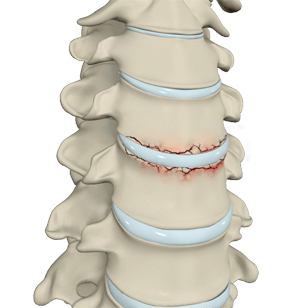
The neck is made up of seven tiny bones called cervical vertebrae (C1-C7). These are protected by spongy vertebral discs present between them and supported by ligaments that hold them together and surround the underlying spinal cord.
Know More -
Cervical Stenosis

Cervical stenosis refers to the narrowing of the spinal canal that protects the spinal cord and its branching nerves.
Know More -
Cervical Spondylosis
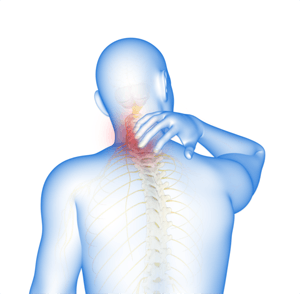
Cervical spondylosis, also called arthritis of the neck, is an age-related medical condition characterized by deterioration of spinal joints, vertebrae, discs, and ligaments in your neck.
Know More - Cervical Radiculopathy/Myelopathy
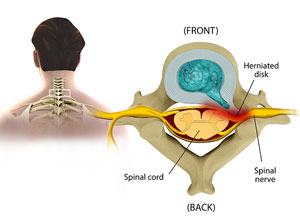
Disc protrusion, also called herniated disc, is a condition caused by a tear in an intervertebral disc, allowing the disc contents to bulge out.
Know More Launch Movie
Lumbar
- Lumbar Radiculopathy
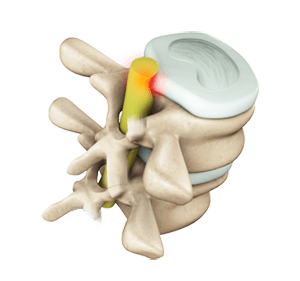
The spine consists of 33 vertebral bones stacked one on top of the other with cushioning discs lying between each vertebra.
Know More
Thoracic
- Thoracic Disc Herniation
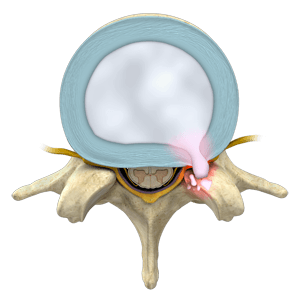
Thoracic herniation disc is a condition in which the outer fibers (annulus) of the intervertebral disc are damaged causing the soft inner material of the nucleus pulposus to rupture out of its space.
Know More - Thoracic Myelopathy
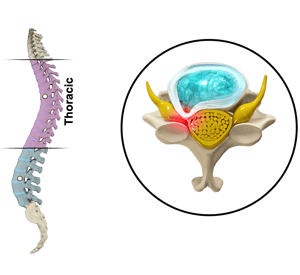
Thoracic myelopathy is a disorder resulting from severe spinal cord compression in the thoracic region.
Know More
Other Spine Conditions
- Arm Pain of Spinal Origin

Arm pain of spinal origin can be described as discomfort or pain felt anywhere in the arm including the wrist, elbow, or shoulder as a result of a pinched nerve (nerve compression) or irritated nerve in the spinal cord.
Know More - Back Pain

The back is subject to wear and tear from daily activities and stresses.
Know More - Neck Pain

Common neck pain may occur from muscle strain or tension from everyday activities including poor posture, prolonged use of a computer and sleeping in an uncomfortable position.
Know More Launch Movie -
Neck Strains and Sprains
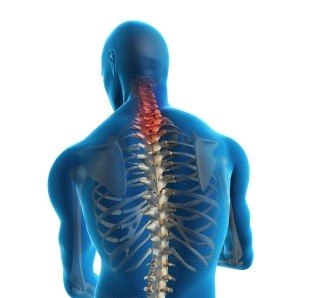
The neck is the most flexible part of the spine and supports the weight of the head.
Know More - Disc Herniation
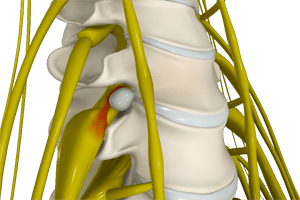
- Degenerative Disc Disease
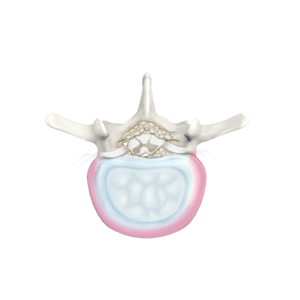
Degenerative disc disease (DDD) refers to the gradual deterioration of the intervertebral discs between the vertebrae.
Know More Launch Movie - Degenerative Spinal Conditions

A degenerative condition is a continuous deterioration of a tissue or an organ in your body over time.
Know More - Facet Joint Arthritis
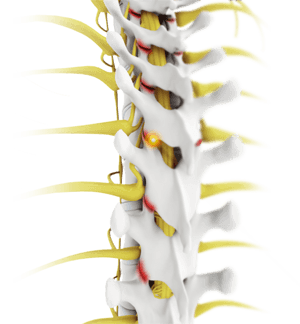
Facet joints, also called zygapophyseal joints, are synovial joints located at the back of your spine, connecting the vertebrae together.
Know More - Fractures of the Spine

A fracture of the spine is a break in the bone continuity of the spinal vertebrae or vertebral column.
Know More Launch Movie - Kyphosis
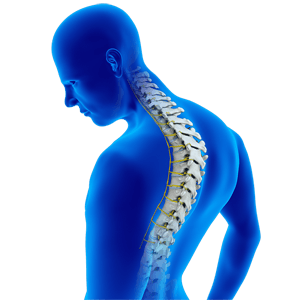
Kyphosis is a condition of abnormal curvature of the spine that causes rounding of the upper back or a hunchback.
Know More - Lordosis
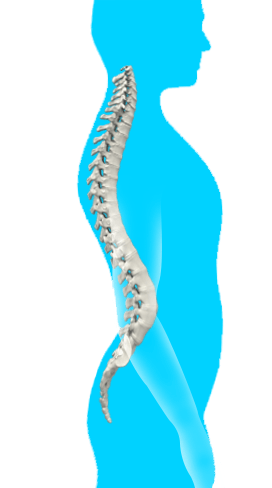
The spine forms a natural curve at the neck, torso, and lower back, which allows it to absorb shock and hold the weight of your head. When this curvature is accentuated at the lower back, it is called lordosis.
Know More - Spinal Instability

Spinal instability refers to the condition of failure of the spinal column to maintain its normal structure.
Know More - Spine Trauma

Spine trauma is defined as an injury or damage to any region of the spine.
Know More - Spinal Stenosis
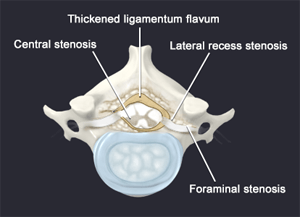
Spinal stenosis is a condition caused by the vertebral column constricting and exerting pressure on the spinal cord or neural foramen (a bony tunnel through which a nerve exits the spinal cord).
Know More Launch Movie - Spondylolysis
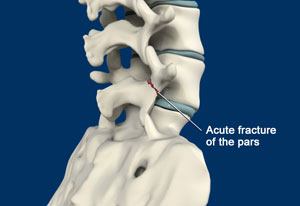
Spondylolysis is a stress fracture in the vertebra that may progress into spondylolisthesis, a condition where the vertebra gets displaced from the spinal column.
Know More Launch Movie - Spondylolisthesis
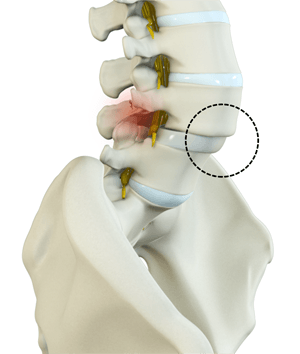
Spondylolisthesis is the displacement of the vertebral disc from the spinal column.
Know More Launch Movie - Sciatica

The sciatic nerve is the longest nerve in your body. It begins in the lower back and extends through the buttocks down the back of each leg to the thighs and feet.
Know More - Sacroiliac Joint Dysfunction
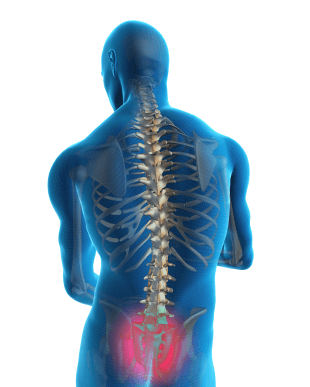
Sacroiliac joint dysfunction or sacroiliac joint pain is one of the common causes of low back pain.
Know More - Difficulty Walking
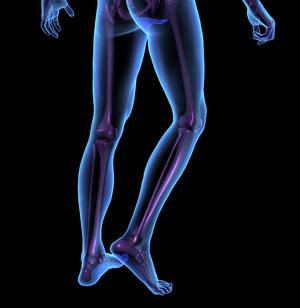
Walking is a complex interaction among multiple systems of the body. Proper walking is a result of balance, sensory function, reflexes, motor function, and many other systems working in conjunction.
Know More - Peripheral Nerve Compression
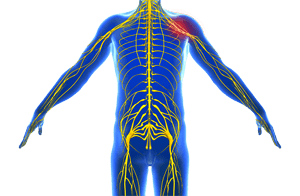
The human body has 2 nervous systems, the central nervous system that includes the brain and spinal cord, and the peripheral nervous system that includes a network of nerves that lie outside the brain and spinal cord.
Know More - Vertebral Compression Fractures
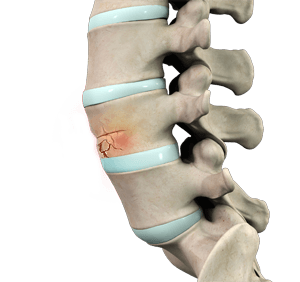
Back pain is an indication of stress fractures known as vertebral compression fractures.
Know More - Whiplash
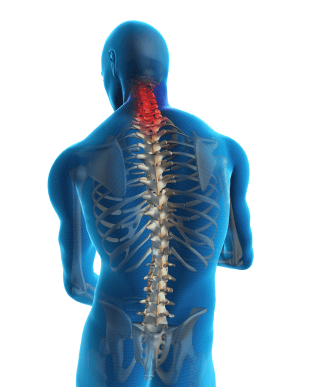
Whiplash is a soft tissue injury to the neck, usually caused by a sudden forceful jerk commonly occurring because of an automobile accident, sports injuries or an accidental fall.
Know More



